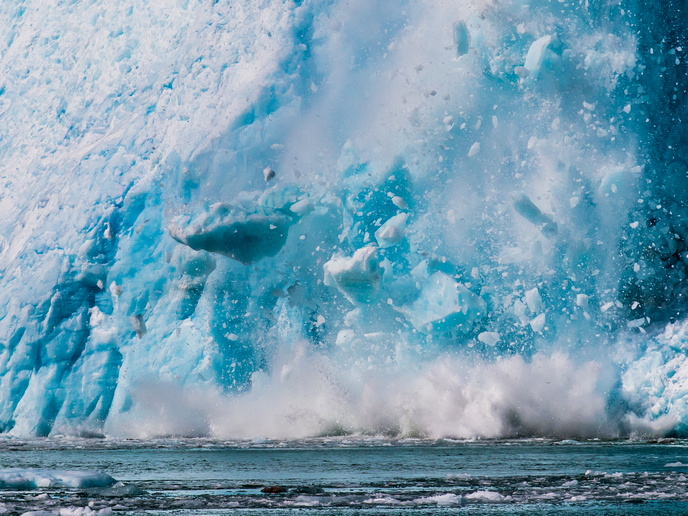New data sheds more light on Arctic glaciers
We have all seen, read or heard about the fact that glaciers are melting faster and faster, causing global sea levels to rise. But how exactly is this happening? Faced with this worrying situation, scientists have been looking into the mechanisms of this loss, and especially of glacier calving, or the breaking away of a mass of ice from a glacier. To gain insight into these mechanisms, a team of researchers supported by the EU-funded Arctic PASSION project have presented a groundbreaking new data set from 149 glaciers in Svalbard, a Norwegian archipelago in the Arctic Ocean. Their study published in the ‘Earth System Science Data’ journal can help scientists better understand the drivers of glacier loss in the Arctic. The data set spans the years 1985 to 2023 and focuses on glacier calving fronts, the boundary where the glaciers meet the sea and shed calves, or chunks of ice. It includes more than 124 900 individual calving front positions that point to a retreating trend for most of Svalbard’s glaciers over the past four decades, with the exception of the north-east region comprising Vestfonna and Austfonna. Svalbard was chosen as an ideal site to study glacier climate sensitivity because of its greater climate variability compared to the global mean.
Four decades of data for better assessments
“This new study uses a state-of-the-art deep learning model to generate a 38-year record of calving front changes for Svalbard tidewater glaciers with an unprecedented density, using high-resolution satellite images,” states study first author Dr Tian Li of Arctic PASSION project partner University of Bristol, United Kingdom, in a ‘EurekAlert!’ news release. The satellite images are from the Landsat, Terra-ASTER, Sentinel-1 and Sentinel-2 satellite missions, and were curated and downloaded via the Google Earth Engine platform. According to Dr Li, “this dataset can be used to improve the mass balance assessments for Svalbard tidewater glaciers” and also “enables the exploration of the drivers and processes controlling glacier calving.” The researcher adds: “This is crucial for understanding the calving dynamics, a key indicator of how glaciers respond to climate change.” The new information is an essential tool for predicting future sea level rise as the Arctic continues to warm and is part Arctic PASSION’s goal to overcome known flaws in today’s Arctic observing system. “The dataset is part of the outputs from Arctic PASSION’s work on building an improved observing system for the key climate variables of the Arctic Cryosphere system and will also be integrated into Arctic PASSION’s work to build an operational end-to-end forecasting and monitoring system for Arctic land ice,” remarks Dr Li. The Arctic PASSION (Pan-Arctic observing System of Systems: Implementing Observations for societal Needs) project ends in December 2025. For more information, please see: Arctic PASSION project website
Keywords
Arctic PASSION, glacier, glacier calving, Arctic, climate, Svalbard



